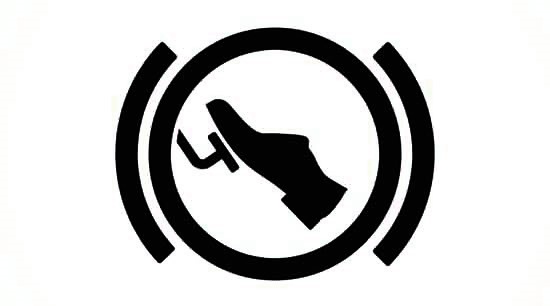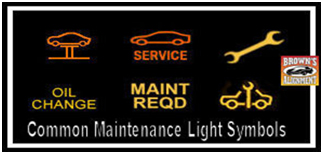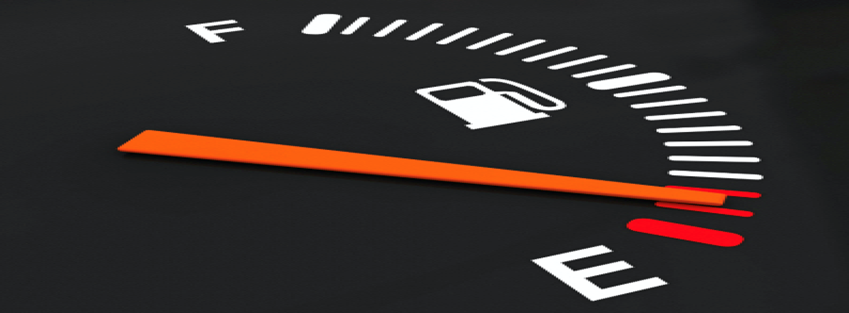 by Rich Ellis
by Rich Ellis
Drivers know that brakes are critically important to maintaining vehicle control and safety. Brake pads – one of the braking system’s chief components and the ones doing the heavy lifting to slow you down – are designed to wear due to friction. They need to be inspected periodically as part of an overall vehicle maintenance plan, and replaced, otherwise you won’t stop. Ignoring pad replacement or braking system maintenance will lead to increased repair costs down the road, and raise the likelihood of an accident due to reduced braking performance or system failure.
How brakes work – simplified
Brake pads are thin metal plates with a wearable friction material attached to that metal base. Most vehicles today have disc brakes, with two pads per wheel positioned on either side of the rotor – a flat metal plate affixed to each wheel. When you step on the brake pedal, the brake pads grab the rotor, generate friction, and slow the vehicle down – much like the hand brakes on a bicycle. The harder you press on the brake pedal, the harder those pads squeeze the rotor, providing even greater stopping power, faster.
Why brake pads wear out
Each time the pads grip the rotor to slow the vehicle, some of the pads’ friction material wears away. It’s supposed to. On many vehicles, this resulting “brake dust’ is readily visible as a gray or black coating on the wheels’ surface. Typically, brake pads last anywhere from 25,000 to 60,000 miles. It’s such a wide range because wear rates depend on driving style, including where you drive – stop-and-go traffic or a lot of mountains – if you’re towing or hauling heavy loads, or if you tend to press hard on the brakes to stop quickly. Eventually, enough friction material wears away that the brake pads need to be replaced.
Importance of checking brake pads for wear
It’s important to stay on top of brake pad maintenance by monitoring how many miles have been driven since pads were last changed, and knowing the warning signs to watch for. On many vehicles, you or your mechanic can look between each wheel’s spokes and see how much friction material remains and if the pad is nearing replacement. Some vehicles require the wheel’s removal to evaluate the pad. Another indication of pad wear and needed replacement is a loud squeal coming from the wheel or wheels just as the brake pedal is depressed. A metal strip that’s attached to some pads is designed to warn drivers that their pads are worn. The metal strip makes contact with the metal rotor, generating a loud squeak or squeal when the brake pedal is pushed. However it is possible you will hear a squealing sound without depressing the brake pedal. This can also indicate that the brake caliper is not pulling the brake pad away from the brake rotor allowing the metal strip to rub against the rotor all the time. Other warning signs can include longer stopping distances, a grinding sound, or a pulsation or vibration when using the brakes.
The risk of ignoring brake pads and wear warning signs
Repair costs and the odds of an accident increase when brake pads are allowed to wear through all of their friction material, leaving only the pads’ metal base to make contact with the rotor. This metal-on-metal contact is bad, for several reasons. First, it causes wear on the rotors, potentially requiring them to be replaced along with the pads. Second, and most importantly, stopping distances increase significantly when the pads’ friction material has completely worn away. And if the problem is allowed to persist, the vehicle eventually won’t stop at all.
Talk with your mechanic about the different types of brake pads available for your driving style, and ask him or her about other brake system components that need to be maintained – including brake fluid. Regular brake system maintenance and tracking how many miles have been driven using the current set of pads can increase your safety and peace of mind, and at the same time lower your vehicle maintenance and repair costs.


